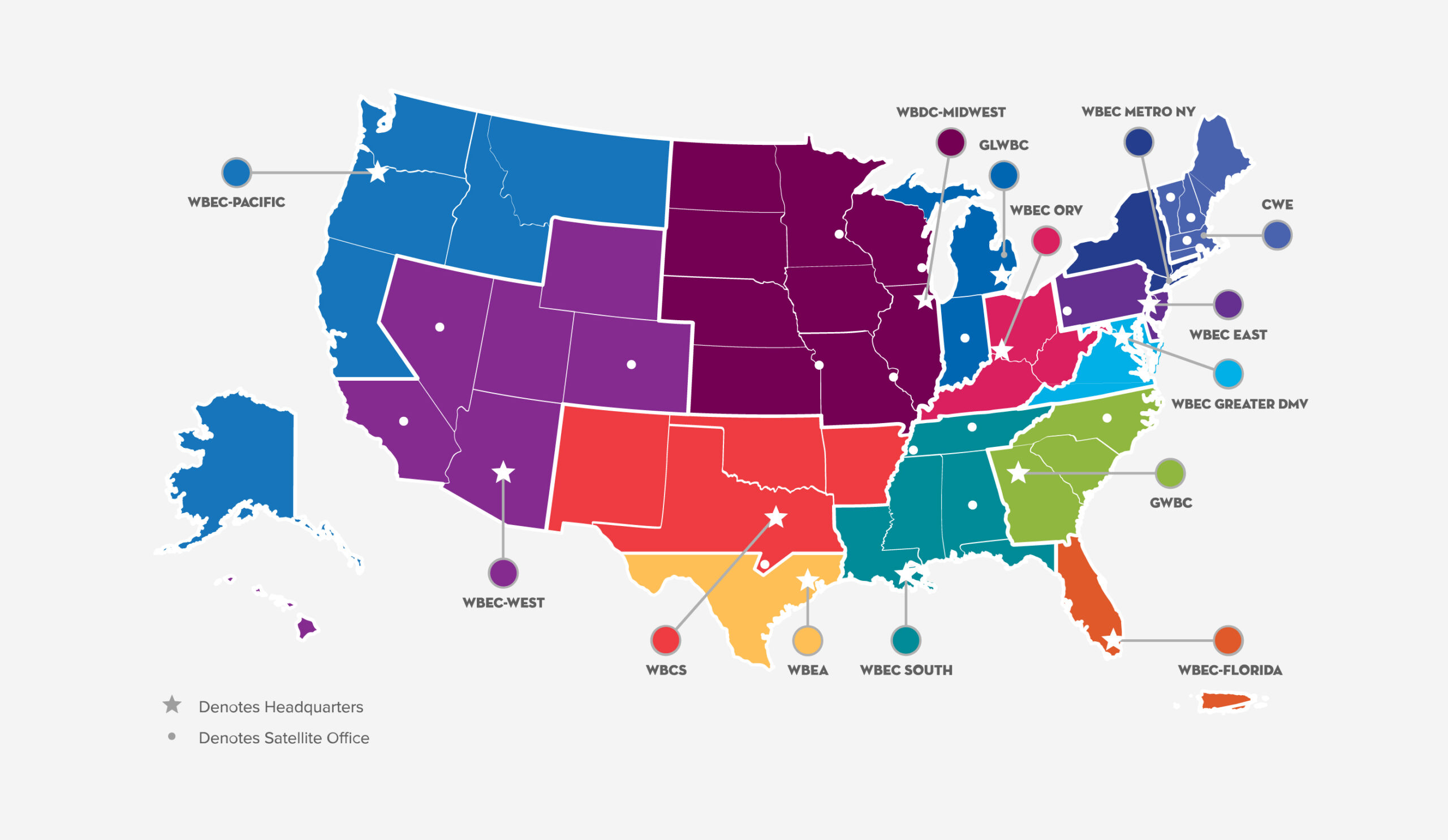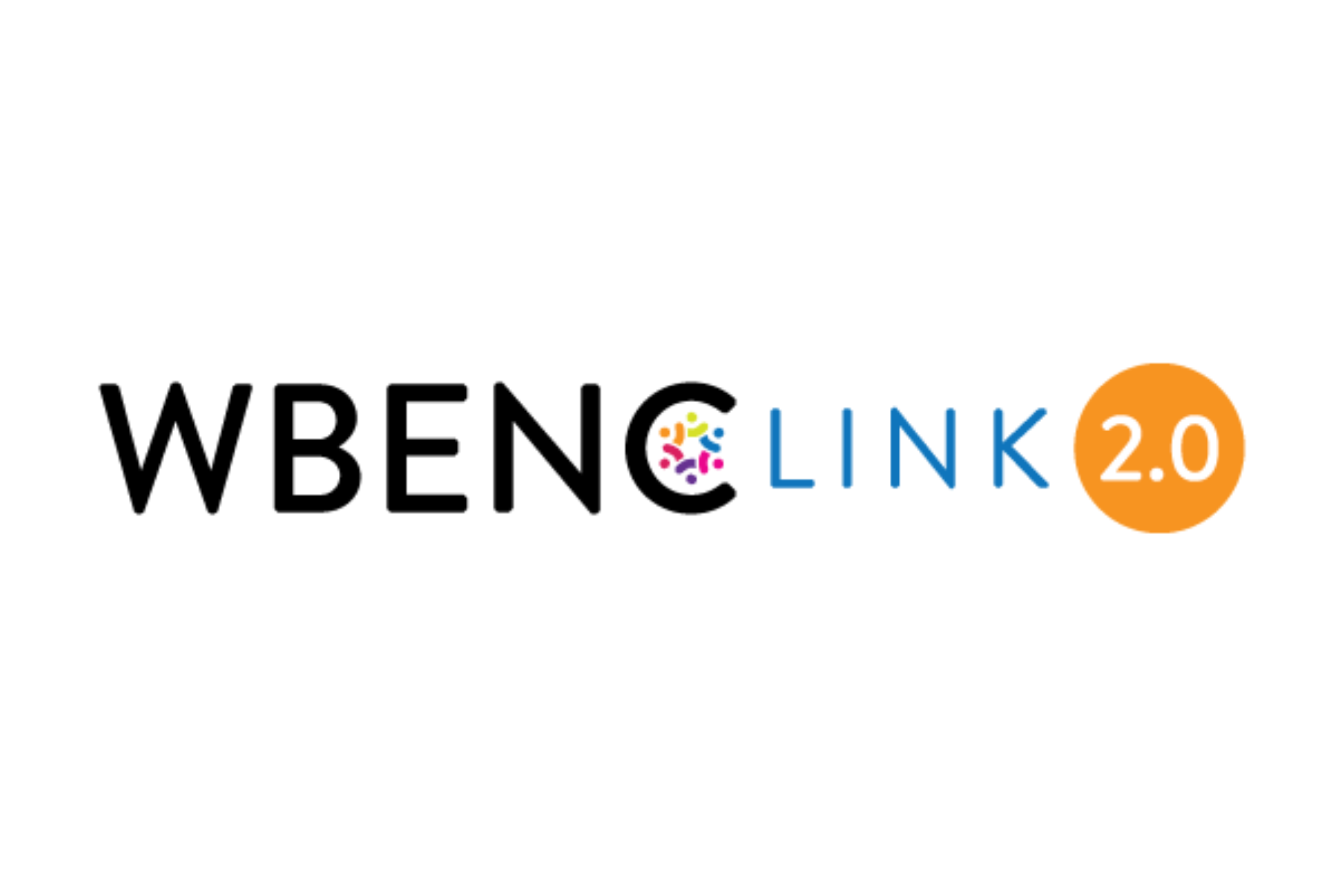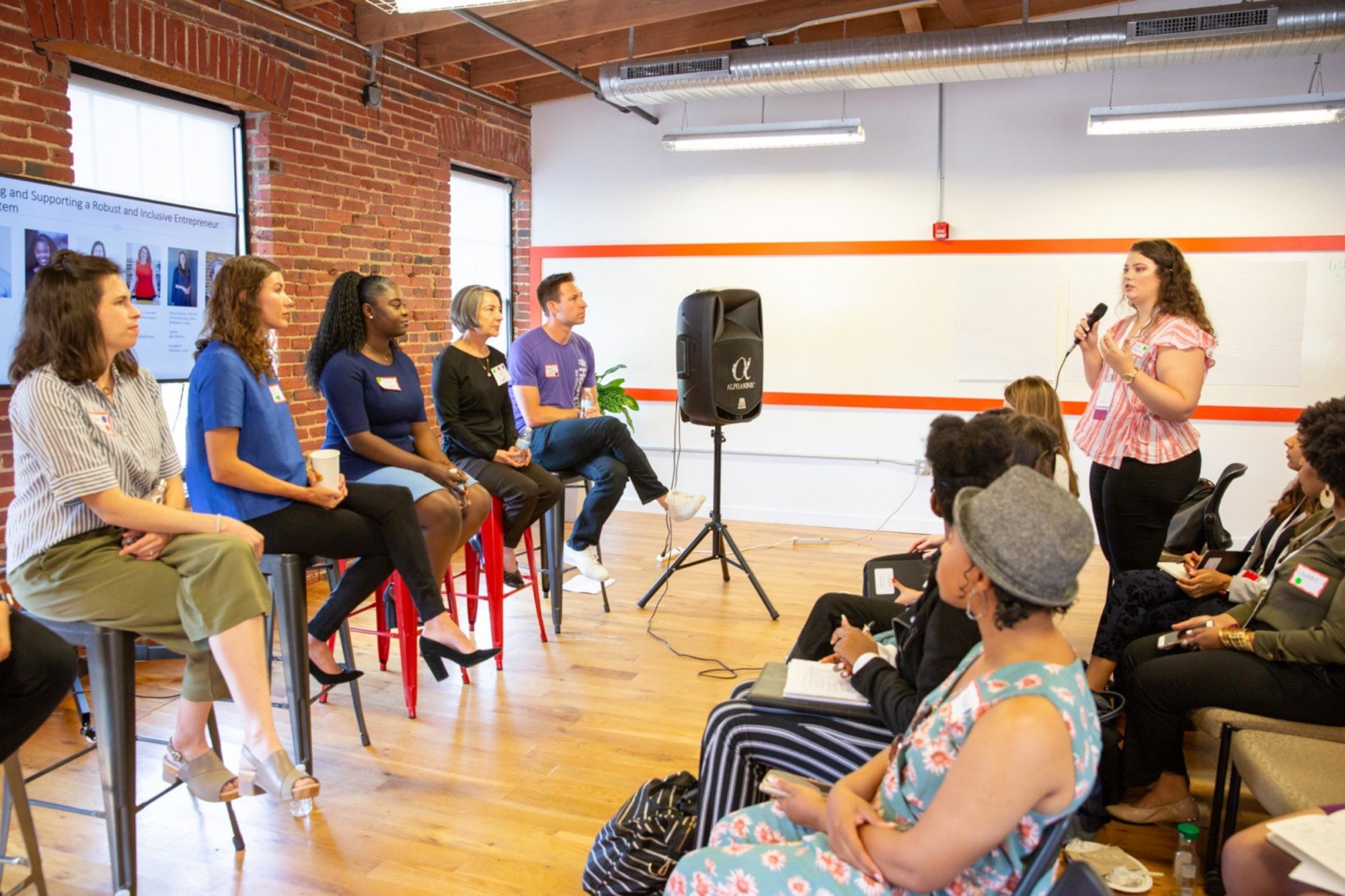 Despite the best efforts of some at eradication, the gender gap is widening again, which many are chalking up as yet another unwelcome side effect of the pandemic. Our new State of the American Worker study shows, for example, that 55% of women are primarily responsible for schooling their children during the pandemic (versus 24% of men). This time away from work and burden of duties speaks volumes to the underlying inequality fallout that we are experiencing as a nation.
Despite the best efforts of some at eradication, the gender gap is widening again, which many are chalking up as yet another unwelcome side effect of the pandemic. Our new State of the American Worker study shows, for example, that 55% of women are primarily responsible for schooling their children during the pandemic (versus 24% of men). This time away from work and burden of duties speaks volumes to the underlying inequality fallout that we are experiencing as a nation.
Our data shows that, from a financial standpoint, women are still struggling to keep up with their male counterparts when it comes to things like equal pay and financial security. The study, done in partnership with InnovateMR and Women in Research, highlights the renewed challenges that women are facing with the ongoing fallout of the global pandemic. The crisis has exacerbated the gender gap, impacting childcare, work, finances, and life more negatively for women.
SCHOOL’S OUT FOR THE SUMMER, FALL AND MAYBE THE WINTER TOO.
In the United States, back to school means a lot of different things this fall. Some students are already going to in-person classes, while other school districts are focused on distance learning for the time being. In both cases—and those in between, with a mix of learning styles—parents are bearing a greater burden of childcare than they were pre-pandemic.
Those with students heading back to in-person learning are experiencing higher anxiety about their child becoming ill, and all that will mean for their family, including loss of work due to quarantine measures. Those with students learning from home are juggling childcare needs with work schedules, or have had to stop working altogether, and are adding “teacher’s aide” to existing responsibilities. This continued disruption to the school system will just amplify the impact stay-at-home orders have already had on women.
The school situation could be a major part of the stress that is contributing to an increased mental load we found for women, who are more likely to feel overwhelmed (39% for women; 26% for men), have trouble sleeping (35% women; 26% men), overeat (33% for women, 26% men), and have difficulty focusing (31% women, 22% men).
We found that work has been impacted by COVID-19 for 44 percent of Americans, with 29% reducing work hours to care for children. As we mentioned above, 40% of women are reporting that they have primary responsibility for their children during the pandemic. This means the ongoing balancing act act will continue to impact working parents, mothers particularly.
THE ROLE OF EMPLOYERS IN MINIMIZING GENDER DISPARITY IN THE TIME OF COVID
The pandemic has clearly changed the way we work, with 58% of people who usually work in an office now working from home. As working from home continues for many organizations in the coming months with school starting, employers will need to develop additional solutions to support employees, especially the working mother. This can include things such as:
- Extending family leave policies and benefits to help parents juggle childcare and work responsibilities. While this may be out of reach for some smaller businesses, creating a flexible working schedule can help.
- Go back to the drawing board and rethink your strategy as a business. Ask yourself how you can continue to deliver on the expectations of your client and customer, while also meeting the needs of working parents.
- Open lines of communication with your employees to find out what will most benefit them and what support they need, especially those primarily responsible for children.
- Tap into technology and other connectivity solutions that will help you to become flexible and productive with a different workforce environment and structure.
COVID-19 AND THE GENDER SPLIT ON FINANCIAL OUTLOOK
Women’s optimism about their personal finances over the next six months is low (10% below men’s optimism levels). Staying in tune with the effect of the pandemic families, women, and the way we work can help ensure that women don’t suffer unfairly.
As our environment changes daily, we must remain tuned into sentiment and behavior to understand how to pivot to meet today’s workers where they are at this moment. The standards and expectations in today’s world need to shift to meet workers and working mothers where they are at right now. The faster that we can come up with options to help women succeed in this very different landscape, the faster we can get back on track to equality and equity.
Note: This American Worker Study, conducted among 1,000 American workers 25-65 years old (excluding frontline workers), builds on results from the ongoing Logica Research Future of Money study.
LOGICA RESEARCH
Logica Research excels in creating customized marketing research solutions that answer our clients’ most complex business questions. We provide financial services companies, fintech companies, and growing organizations the insights you need for product development, service enhancements, and communications that will improve people’s financial lives, deepen brand engagement, and drive business growth.





